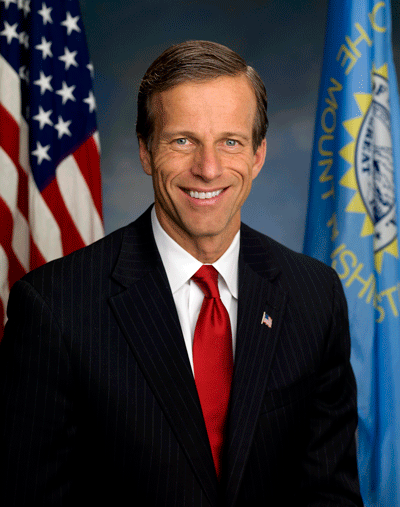
Worth Fighting For
By Sen. John Thune
 On the Fourth of July, Americans across the country will gather with family, friends, and their communities to celebrate our nation’s independence. After the parades and barbecues have ended, when I’m looking out at the wide South Dakota sky before the fireworks begin, it’s impossible not to be grateful to be an American and for the freedoms that we enjoy in this country.
On the Fourth of July, Americans across the country will gather with family, friends, and their communities to celebrate our nation’s independence. After the parades and barbecues have ended, when I’m looking out at the wide South Dakota sky before the fireworks begin, it’s impossible not to be grateful to be an American and for the freedoms that we enjoy in this country.
Those freedoms, of course, did not come automatically. We fought for them, and later generations have fought to preserve them. Next year, we will celebrate 250 years of independence – and what a celebration it will be. Although we can trace a lot of our history to the iconic spirit of 1776, it was the year 1775 that was a moment of decision for many in the colonies.
It was in March 1775 that Patrick Henry urged his fellow Virginians to fight with the immortal words, “Give me liberty, or give me death.” Weeks later, at Lexington and Concord, the first Americans answered the call to arms, and some gave their lives for our country. And in June of that year, the Continental Congress officially established an army and appointed George Washington its commander in chief.
Ronald Reagan once said of our revolution, “We learned then that the God-given love of freedom that fills every human heart with strength is the greatest force the world has ever known.” Indeed, it was the powerful force of freedom that compelled farmers and tradesmen to leave their homes and face down the most powerful army in the world. They left behind their families, their livelihoods, and risked their lives for a cause of great importance.
The cause of freedom has moved generations of Americans to follow in their footsteps to defend our nation. I’m grateful for the men and women who continue this proud tradition today and for their families who share in their sacrifice. As we mark 80 years since the end of World War II this year, I think especially of the Greatest Generation. They left home for faraway places to defend America and advance the cause of human freedom, and what they did continues to inspire.
Some might say that “freedom” is just an empty word. But no one would fight for a mere word. Freedom is an idea – a powerful idea – and it is worth fighting for. As we march toward 250 years of independence, I hope that this flame – this most powerful force – will continue to burn brightly in our country.
###

He needs to update his photo.
Serving the darkside really takes a toll on a guy.